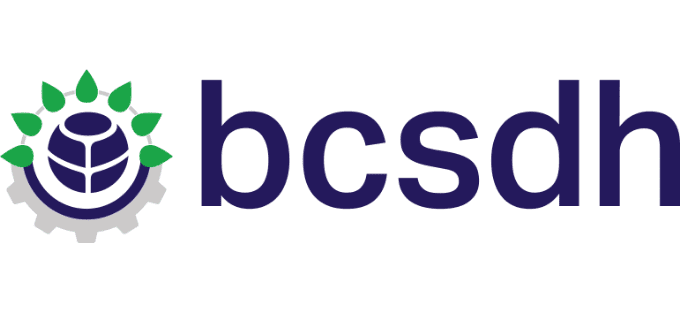The circularity of natural resources
The built environment is responsible for 38% of GHG emissions. Up to 30% of emissions must be removed through natural climate solutions or technical solutions.
One of the pillars of the European Green Deal is the Circular Economy Action Plan, which was extended with a number of additional initiatives in 2022. The new requirements aim to make products more durable, reliable, upgradeable and repairable, easier to maintain, reuse and recycle, and more energy and resource efficient. The priority level of a country in terms of the circular economy can accord with the trends in consumer demand. Where the circularity index is higher, consumers have a greater influence on the market and prefer sharing-economy solutions to buying products.




